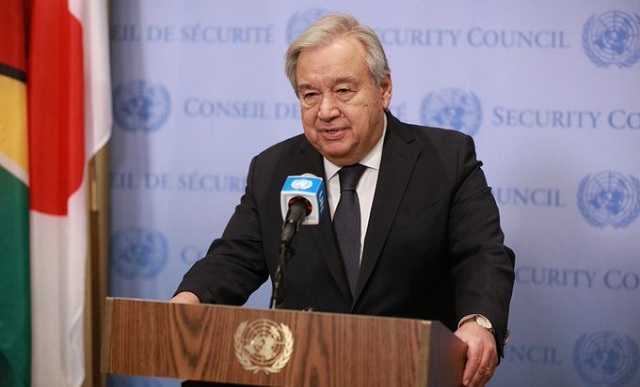By Amin Kef (Ranger)
The 2024 State of Food Security and Nutrition in the World (SOFI) Report, published last week by five United Nations specialized agencies, presents a grim outlook on global hunger and malnutrition. Released during the G20 Global Alliance against Hunger and Poverty Task Force Ministerial Meeting in Brazil, the annual report underscores the significant setbacks in achieving Sustainable Development Goal (SDG) 2: Zero Hunger by 2030.
The SOFI report reveals that global undernourishment levels have regressed to those seen 15 years ago, reminiscent of the 2008-2009 period. Despite progress in areas like stunting and exclusive breastfeeding, the number of people facing food insecurity and malnutrition remains alarmingly high. Between 713 and 757 million people were undernourished in 2023, approximately 152 million more than in 2019.
If current trends persist, about 582 million people will be chronically undernourished by 2030, with half residing in Africa. This projection is comparable to levels observed in 2015, highlighting a concerning lack of progress since the adoption of the Sustainable Development Goals.
The report also highlights regional disparities. In 2023, around 2.33 billion people globally experienced moderate or severe food insecurity, a figure unchanged since the sharp increase during the COVID-19 pandemic. Over 864 million people faced severe food insecurity, particularly in Africa, where 58 percent of the population is affected.
The inability to afford a healthy diet continues to affect over one-third of the global population. New data indicates that more than 2.8 billion people were unable to afford a healthy diet in 2022, with the disparity most pronounced in low-income countries. In these regions, 71.5 percent of the population cannot afford a healthy diet, compared to 6.3 percent in high-income countries.
Despite an increase in exclusive breastfeeding rates among infants to 48 percent, global nutrition targets remain elusive. The prevalence of low birth weight has stagnated at around 15 percent and while stunting among children under five has declined to 22.3 percent, it still falls short of targets. Additionally, the prevalence of wasting among children shows little improvement, and anaemia in women aged 15 to 49 years has increased.
Adult obesity has also seen a steady rise over the past decade, with projections indicating over 1.2 billion obese adults by 2030. The co-existence of under nutrition and obesity—known as the double burden of malnutrition—has surged globally.
The report emphasizes the urgent need for increased and more cost-effective financing to achieve SDG 2. It calls for a multi-faceted approach, including transforming and strengthening agrifood systems, addressing inequalities and ensuring affordable and accessible healthy diets for all. The heads of the five UN agencies—FAO, IFAD, UNICEF, WFP and WHO—stress the importance of estimating and bridging the financing gap for food security and nutrition.
During a recent High-Level Political Forum at the UN headquarters in New York, the report highlighted the need for innovative and equitable solutions, particularly for countries facing high levels of hunger and malnutrition exacerbated by climate impacts. Among the 119 low- and middle-income countries analyzed, approximately 63 percent have limited or moderate access to financing and 74 percent are affected by one or more major factors contributing to food insecurity and malnutrition.
The 2024 SOFI report paints a stark picture of the global struggle against hunger and malnutrition. With current trends indicating a failure to meet the Zero Hunger goal by 2030, urgent and coordinated action is needed to transform food systems, address inequalities and secure adequate financing to ensure a future where everyone has access to safe, nutritious and sufficient food.




